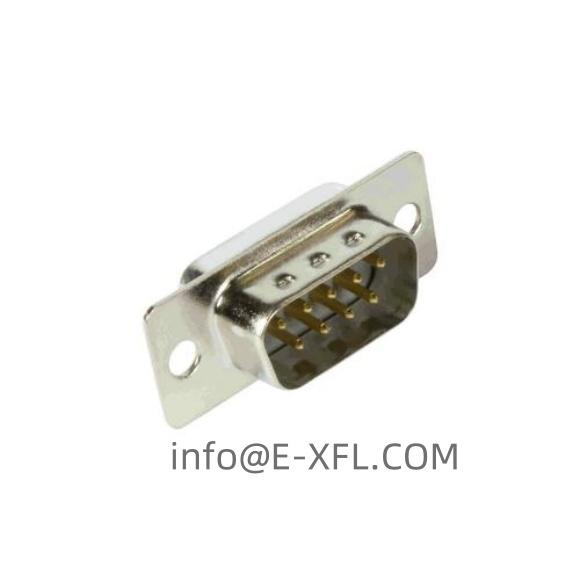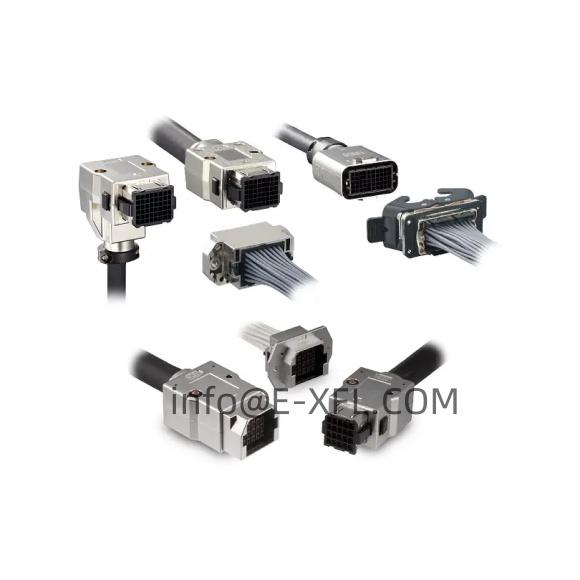High Current Connectors--Power Interconnect Design Considerations
Signal connectors get smaller at higher transmission speeds, and high-current connectors require a specific amount of conductive material to carry a specific amount of current or amperage, because there is no special design secret to make smaller power contacts carry more current. As connector power requirements increase, the amount of space required for higher current-carrying capacity interconnects also increases. This article mainly shares the power interconnect design considerations for high-current connectors!
1. Space Issues:
First, it is necessary to determine how much space is required for the power interconnect of the high-current connector and how much available space is allocated in the completed design. While saving space is a top priority for most OEMs, the height, width and length of the connector, especially its copper content, will directly affect the achievable current density, requiring and obtaining more power in the same space, which is a challenge for connector manufacturers.
2. Power Integrity:
Manufacturers are constantly creating new designs that require the use of higher conductivity materials and more creative space utilization to improve power delivery and electrical performance without expanding space requirements. For example, in some cases, low-profile high-current connectors may be preferred to maximize airflow for cooling. However, in other cases, connectors with higher contact performance may be the right solution to properly handle the amount of current generated in a smaller card edge space and achieve the best balance between power and its thermal effects and space design requirements in the PCB to ensure safe performance of the final product.
3. Thermal Management:
The thermal issues caused by contact force, shrinkage resistance and inefficient airflow of high-current connectors are always an issue and should be carefully considered early in the design process. The copper content in the PCB is one of the factors. Too little copper limits current flow and results in resistance to shrinkage. However, properly sized copper traces can reduce body resistance, thereby reducing temperatures and losses that would otherwise dissipate to the connector interface, reducing reliability issues.
4. Operational safety:
Considering the operational safety of high-current connectors, designers need to consider the entire device system and its power architecture to understand the potential for shrinkage zones and voltage drops that may affect thermal and electrical performance throughout. Because the maximum voltage drop defines the thermal stability threshold of the power contact, once this threshold is exceeded, the potential for thermal instability increases significantly.
5. Electrical performance testing:
Traditionally, connector manufacturers determine current ratings by testing the electrical performance of their products under ideal conditions, and consider the various conditions and interactions that will affect the connector's actual operating environment to ensure that power integrity in high-current connector interconnect designs meets application requirements.
Sign up to our newsletter
Receive our latest updates about our products & promotions


